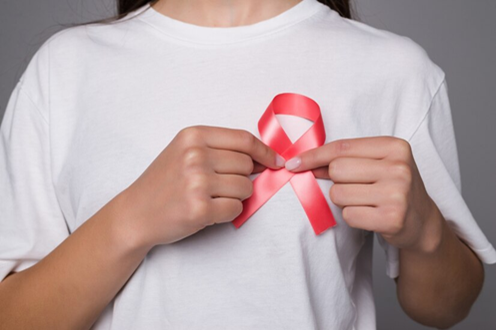What is Breast Cancer?
Breast cancer develops when cells in the breast grow out of control. These cells can form a tumor, which may spread to other parts of the body.
What are the symptoms of breast cancer?
The most common symptom of breast cancer is a lump in the breast. However, other symptoms may also include:
- Change in the size or shape of the breast
- A dimpling or puckering of the skin on the breast
- A rash on the breast
- Nipple discharge that is not breast milk
- A sore breast
- A swollen lymph node in the underarm
What causes breast cancer?
The exact cause of breast cancer is unknown. However, there are some risk factors that may increase your risk of developing the disease. These include:
Gender: Women are more likely to develop breast cancer than men.
Age: The risk of breast cancer increases with age.
Family history: If you have a family history of breast cancer, you are more likely to develop the disease.
Genetics: Certain genes, such as BRCA1 and BRCA2, can increase your risk of breast cancer.
Lifestyle factors: Smoking, obesity, and alcohol consumption can also increase your risk of breast cancer.
How is breast cancer diagnosed?
Breast cancer is diagnosed with a physical exam, mammogram, and biopsy. A mammogram is an X-ray of the breast. A biopsy is a procedure in which a sample of tissue is removed from the breast for testing.
How is breast cancer treated?
The treatment depends on the stage of the cancer and your overall health.
Treatment options include:
- Surgery
- Chemotherapy
- Radiation therapy
- Hormone therapy
- Targeted therapy
- Immunotherapy
How to reduce my risk of breast cancer?
- Maintain a healthy weight
- Eat a healthy diet
- Exercise regularly
- Avoid smoking and excessive alcohol consumption
- Get regular mammograms
Breast Self-Examination
Breast self-examination (BSE) is an important tool for early detection of breast cancer. It is recommended that women perform BSE once a month, on the same day of the month.
To perform a BSE, you should lie down on your back and place a pillow under your shoulder. Use your fingers to examine your breast in a circular motion, beginning at the outer edge and gradually moving toward the nipple. Look for any lumps, bumps, or changes in the texture of your breast.
Keep in mind that breast self-exams (BSE) are not a replacement for regular mammograms. However, they can help you become more familiar with your breasts and enable you to report any changes to your doctor.
If you have any questions or concerns about breast cancer, please talk to your doctor.


